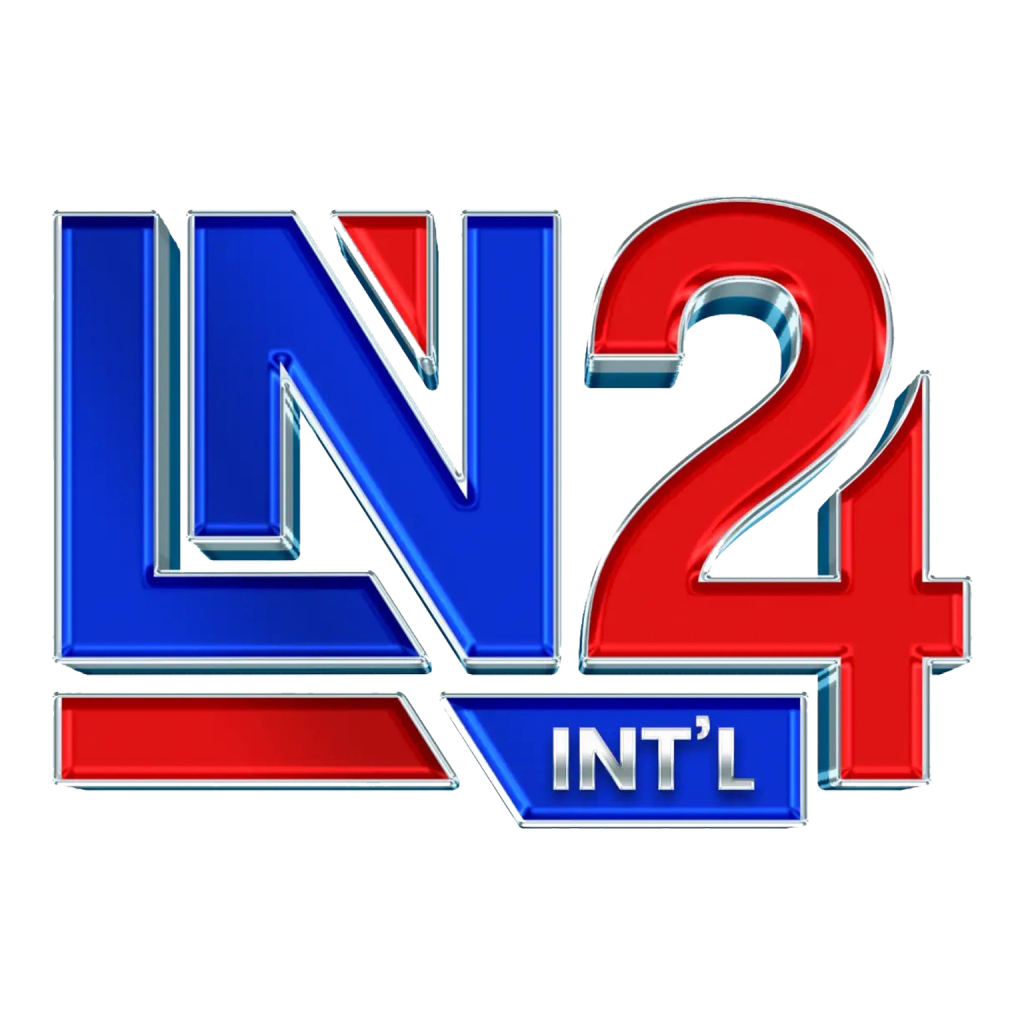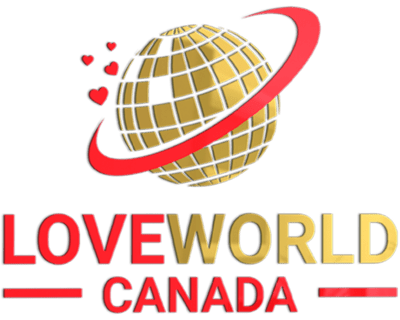The Historical Context of the Vietnam War (1955-1975)

Unfortunately, atomic weapons are not the only heinous crime against humanity that has been committed through manufactured weapons. Beyond machine guns and drones, there was also chemical warfare – and here we have to look at the Vietnam War as a case study – first with respect to the use of napalm, and then agent orange.
THE HISTORICAL CONTEXT OF THE VIETNAM WAR (1955 – 1975)
The Vietnam War had its origins in the broader Indochina wars of the 1940s and ’50s, when nationalist groups such as Ho Chi Minh’s Viet Minh, inspired by Chinese and Soviet communism, fought the colonial rule first of Japan and then of France. The French Indochina War broke out in 1946 and went on for eight years, with France’s war effort largely funded and supplied by the United States. Finally, with their shattering defeat by the Viet Minh at the Battle of Dien Bien Phu in May 1954, the French came to the end of their rule in Indochina. The battle prodded negotiators at the Geneva Conference to produce the final Geneva Accords in July 1954. The accords established the 17th parallel as a temporary demarcation line separating the military forces of the French and the Viet Minh. North of the line was the Democratic Republic of Vietnam, or North Vietnam, which had waged a successful eight-year struggle against the French.
Furthermore, the North was under the full control of the Worker’s Party, or Vietnamese Communist Party, led by Ho Chi Minh; its capital was Hanoi. In the South the French transferred most of their authority to the State of Vietnam, which had its capital at Saigon and was nominally under the authority of the former Vietnamese emperor, Bao Dai. Within 300 days of the signing of the accords, a demilitarised zone, or DMZ, was to be created by mutual withdrawal of forces north and south of the 17th parallel, and the transfer of any civilians who wished to leave either side was to be completed. Nationwide elections to decide the future of Vietnam, North and South, were to be held in 1956 – which is all to say that French colonial presence contributed significantly to the origins of the conflict.
However, ultimately, the Vietnam War was a long, costly, and divisive conflict that pitted the communist government of North Vietnam against South Vietnam and its principal ally, the United States. The conflict was intensified by the ongoing Cold War between the United States and the Soviet Union. More than 3 million people, including over 58,000 Americans, were killed in the Vietnam War, and more than half of the dead were Vietnamese civilians. Opposition to the war in the United States bitterly divided Americans, even after President Richard Nixon ordered the withdrawal of U.S. forces in 1973. Communist forces ended the war by seizing control of South Vietnam in 1975, and the country was unified as the Socialist Republic of Vietnam the following year.
THE USE OF NAPALM IN THE VIETNAM WAR
NAd now onto the use of napalm in the Vietnam war. First, napalm is the aluminium salt or soap of a mixture of naphthenic and aliphatic carboxylic acids (organic acids of which the molecular structures contain rings and chains, respectively, of carbon atoms), used to thicken gasoline for use as an incendiary in flamethrowers and fire bombs. The thickened mixture, now also called napalm, burns more slowly and can be propelled more accurately and to greater distances than gasoline. It was developed by U.S. scientists during World War II. Before it was used in Vietnam, napalm was used extensively against the Germans and Japanese. To the front-line soldier, napalm was often a means to flush out the enemy. In fact, Robert Scheer, who is a veteran of Okinawa, described his men watching a fleeing Japanese soldier turn into a torch as a result of napalm.
Furthermore, precision bombing with napalm proved to be very difficult. Those given orders to release the bombs then opted to bomb large areas including the target. In Japan alone, while the atomic bomb got the press, napalm is said to have done the work leading to Japan’s surrender. Then napalm was used in the Korean War. The burning gel often wiped out hundreds of enemy troops at a time. Once again, to the troops on the front lines, napalm was a used strategy. On the other hand, due to area bombing, thousands of civilians also burned to death. BUT napalm was used extensively in Vietnam, with 388, 000 tons of it having rained down on Indochina from 1963-73.
HE RAMIFICATIONS OF NAPALM USE IN WAR
One of the ramifications of using napalm is that it became adopted by other regimes as well: instead of seeing it for the horror it brought, other leaders and governments saw it as an effective weapon. In particular, not only did napalm become an intrinsic element of US military action during the Vietnam War as forces made increasing use of it for its tactical and psychological effects, but variants were also developed in other countries and regions. For instance, a variant of napalm was produced in Rhodesia for a type of ordnance known as Frantan between 1968 and 1978 and was used extensively by the Rhodesian Air Force during the Bush War. In May 1978, Herbert Ushewokunze, minister of health for the Zimbabwe African National Union (ZANU), produced photographic evidence of civilian victims of Rhodesian napalm strikes, which he circulated during a tour of the US. The government of Mozambique and the Zimbabwe African People’s Union (ZAPU) also issued claims at around the same time that napalm strikes against guerrilla targets had become a common feature in Rhodesian military operations both at home and abroad.
Furthermore, the South African Air Force frequently dropped napalm from Atlas Impala strike aircraft during raids on guerrilla bases in Angola during the South African Border War that took place between 1966 and 1990. Other instances of napalm’s use include: France during the Algerian War (which took place between 1954–1962); Portuguese Colonial War (which took place between 1961–1974); Turkey (in 1964) in the Republic of Cyprus; Peru during the 1964 Matsés massacres and the counter-insurgency campaign against the Revolutionary Left Movement and the National Liberation Army (in 1965) – with numerous other examples.
But, it is also worth noting that international law does not specifically prohibit the use of napalm or other incendiaries against military targets, but use against civilian populations was banned by the UN Convention on Certain Conventional Weapons (CCW) in 1980. Protocol III of the CCW restricts the use of all incendiary weapons, but a number of countries have not acceded to all of the protocols of the CCW. According to the Stockholm International Peace Research Institute, countries are considered a party to the convention, which entered into force as international law in December 1983, as long as they ratify at least two of the five protocols. But, here’s more on the ramifications of the use of napalm.
The history of wars and the notable nuances, such as the use of atomic or chemical weapons all reveal a concerning past that ought not to be replicated. This history (once again) exposes the implausibility in the destruction and loss of life – which is why it remains ever important to pray for leaders and nations, that we may continue to live peaceably in all godliness and honesty – as we are admonished in 1 Timothy 2:1-4.
